Look at your social feed today and you’ll find many posts featuring some form of influencer marketing. Breathtaking lifestyle imagery, the latest fashion, beauty and health products and more. All sandwiched between photos of your friends and family.
These posts have likely grabbed your attention and even influenced a buy decision.
These influencers have fast evolved into an effective and scalable marketing channel that brands can no longer afford to ignore.
- 86% of marketers engaged in influencer marketing in 2017, of which 92% reported it being effective (Linqia)
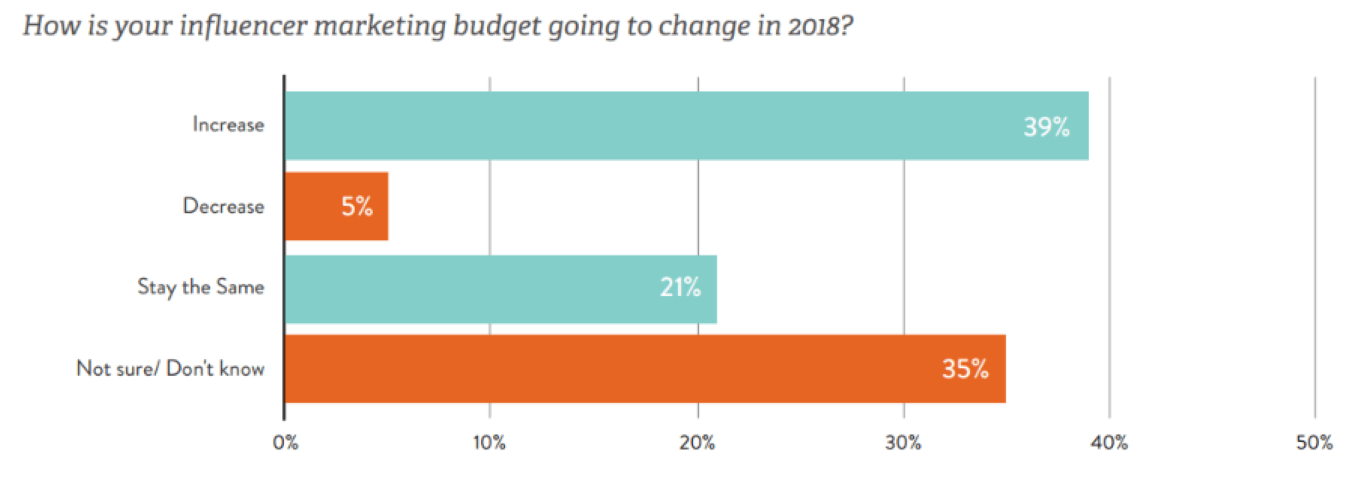
Marketers are spending more than ever this year on today’s fastest growing channel — digital influencers.
Jump to a section
-
What is influencer marketing?
-
What an influencer campaign looks like
-
Elements of a successful campaign
-
Why influencers are powerful for brands
-
The challenges of influencer marketing
-
The future of influencer marketing
-
Checklist for starting your first campaign
What Is Influencer Marketing?
Influencer marketing is marketing that uses key content creators to drive authentic conversation and engagement around a brand’s products and message.
Easy, right?
Not exactly. Influencer marketing still remains a gray area for many brands in the context of overall marketing strategy.
The good news: Today there is more knowledge, tools, and opportunities available for brands to leverage than ever before. More on that later.
What is an influencer?
An influencer is a social media user that can have anywhere from several hundred to several million followers. They drive conversation and engagement around a particular topic, discussion, or niche area.
Influencers have their fingers on the digital pulse of a highly-engaged and loyal audience.
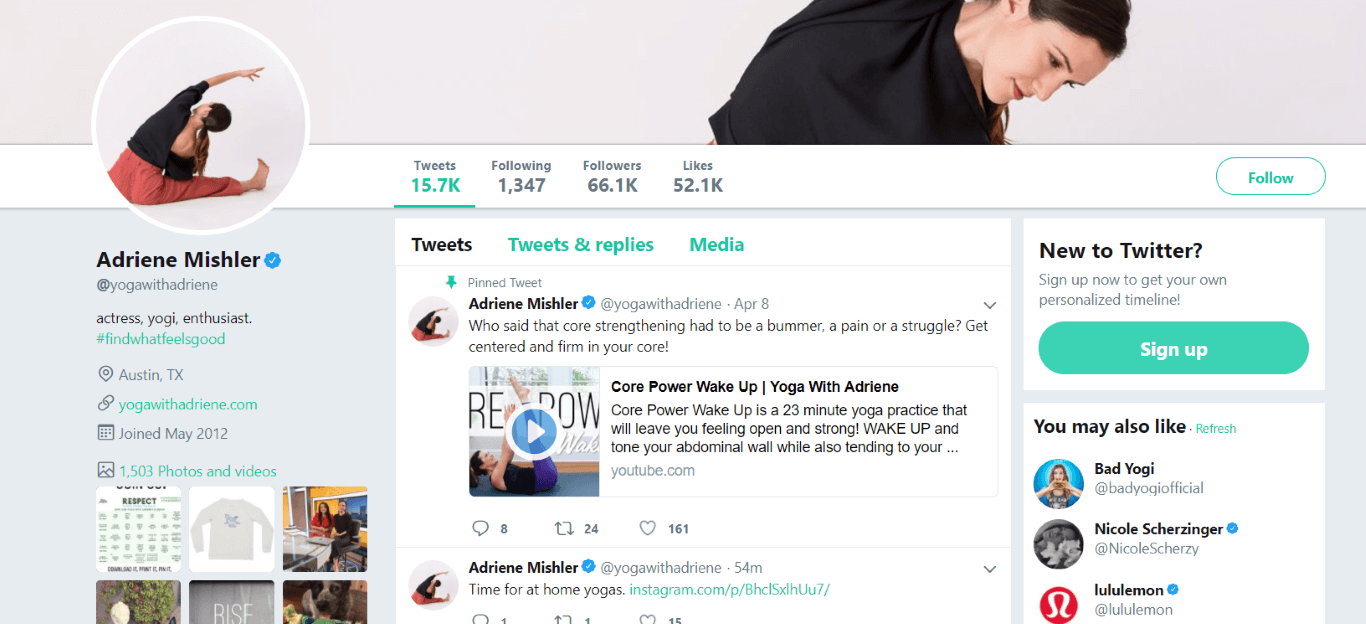
Why the rise of digital influencers?
Consumer behavior is shifting away from television and mainstream celebrities — toward social media channels and influencers driving content within those channels.
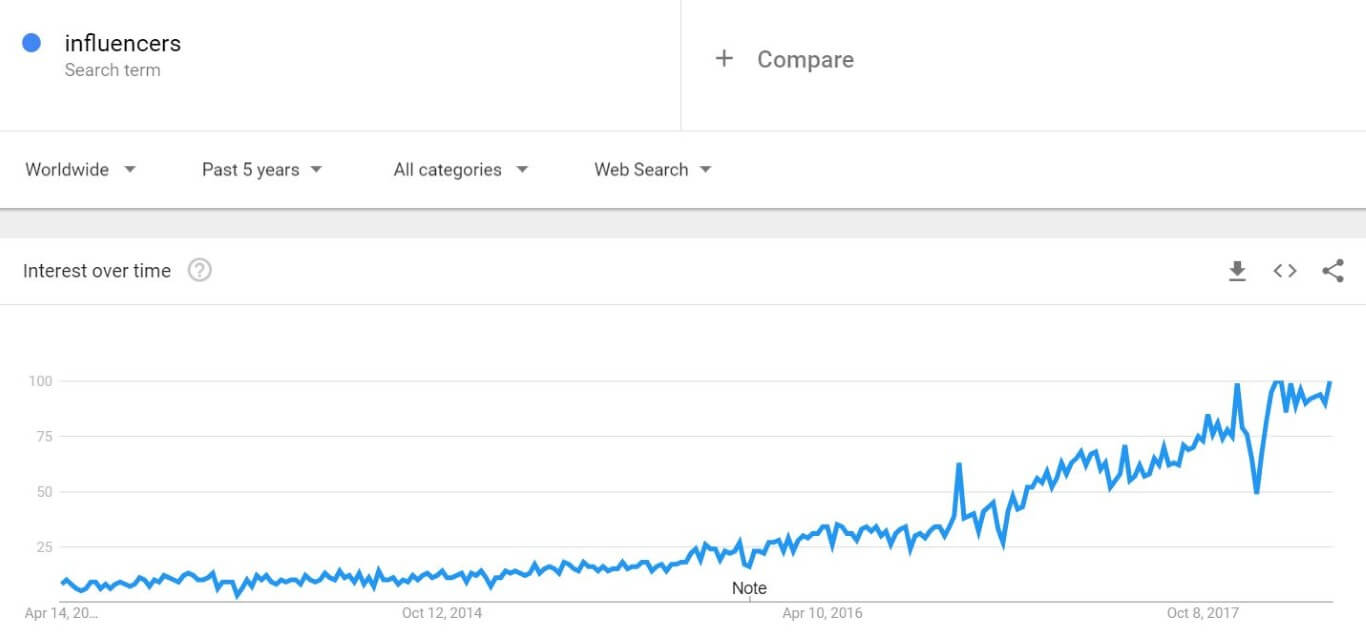
- Millennials are now the largest consumer demographic, will have $1.4 trillion in buying power by 2020
- Younger, cord-cutting demographics aren’t drawn to television and see influencers as more authentic than actors, athletes, and musicians
Or, as AdWeek aptly puts it:
“As the world has shifted to social media, consumers look at fellow consumers to inform their purchasing decisions. Instead of looking at companies, as they did in the past, they now look at each other and at their favorite personalities.”
Digital influencers share valuable, user-generated content. They are the trendsetters of the digital age.
They’re at the top of the newsfeed; attracting likes, comments, shares, and other forms of authentic engagement that many brands can only dream of.
“Influencer marketing is growing because it’s a great way to get your products in front of an audience with an authentic voice. Many brands are seeing top-of-the-funnel value by getting more eyeballs on their brand’s offering. There’s power in putting the right products in front of the right audience — with an authentic voice.”
– Nii Ahene, COO of CPC Strategy
What Does An Influencer Campaign Look Like?
Leesa, a direct-to-consumer mattress brand, partnered with trusted influencers in niche audiences to deliver unbiased reviews of their award-winning mattresses.
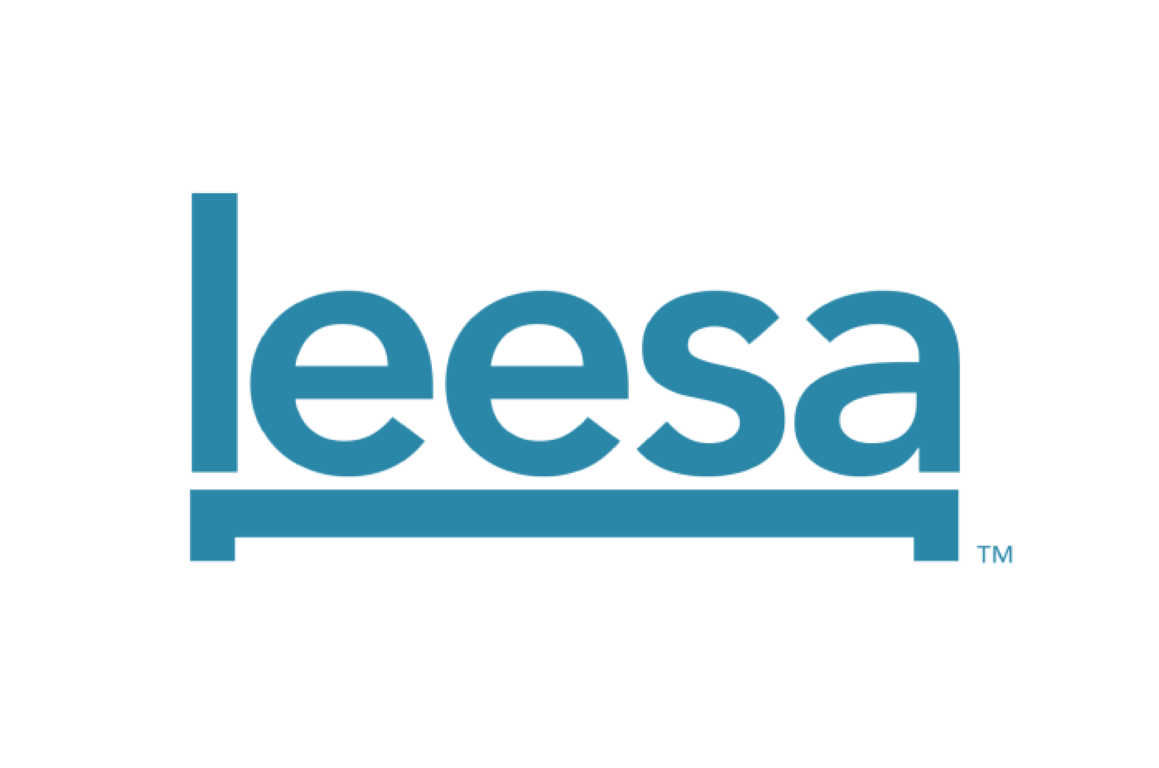 One of the challenges for the mattress brand was that most customers want to try a mattress before spending several hundred dollars. Leesa already includes a 100-day risk-free trial with their purchases.
One of the challenges for the mattress brand was that most customers want to try a mattress before spending several hundred dollars. Leesa already includes a 100-day risk-free trial with their purchases.
But Leesa raised the bar by using micro influencers to generate positive word-of-mouth and build consumer trust in their brand.
“Influencer marketing has been an instrumental part of Leesa’s growth strategy since we launched in early 2015. Our launch strategy included seeding our product with mattress bloggers whose readers had high purchase intent, leveraging influencers across a range of mediums, and using strong referral incentives to help viral sharing.”

– Matt Hayes, Head of Marketing of Leesa
Leesa carefully researched their buyer persona for the campaign and targeted a very specific, highly-engaged audience (MarketingSherpa):
- Internet-savvy women interested in home design
- Women interested in DIY projects and topics
- Shoppers interested in buying a new mattress
“Being a digitally-native challenger brand disrupting a traditional industry, we made sure to laser-focus our influencer activations to those communities where early adopters and innovators were most prevalent” says Hayes.
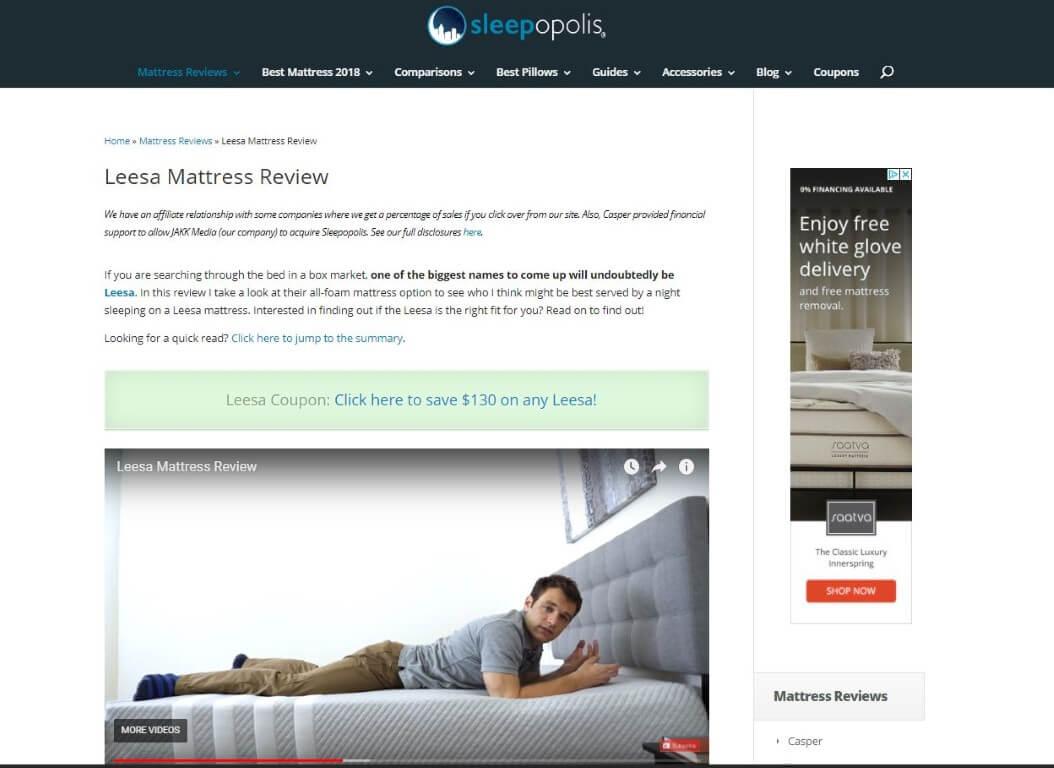
Leesa’s influencer campaign featured:
- Micro-influencers across blogs and social media that had high levels of engagement and trust
- Minimal talking points and plenty of creative space for influencers to make the reviews their very own
- Discount codes for each influencer to offer their followers to save money when buying a mattress
Bloggers reviewed Leesa’s products on popular mattress websites (like Sleepopolis), giving readers unbiased reviews of Leesa’s product quality and customer care.
- The influencers provided value to their audience (honest reviews and discounts)
- Leesa earned rave reviews for their highly comfortable mattresses and customer service
- It was a win-win for both Leesa and their influencer partners
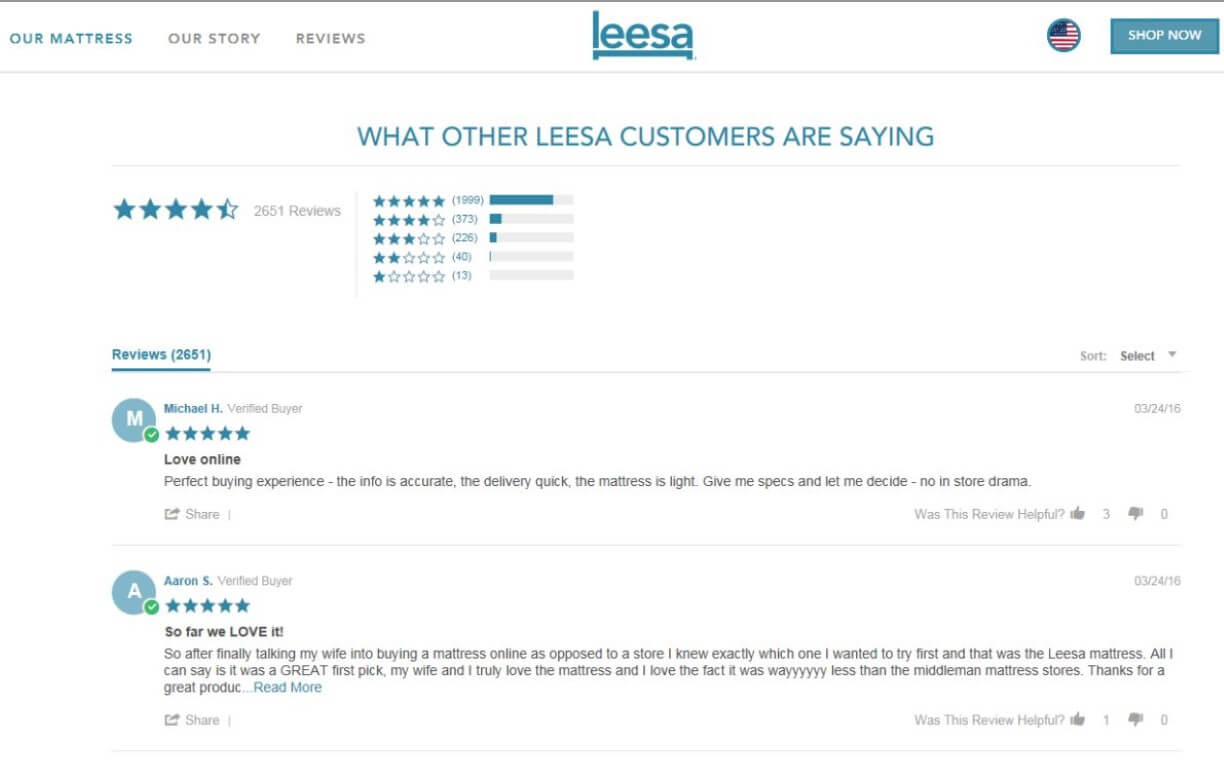
Hayes explains that Leesa also gained valuable branding and authentic, story-driven content:
“You can see both attributable, ROI-positive results, as well as a nice brand-building halo and increased word of mouth.  It allows you to tell your story in an authentic way while building a volume of organic, evergreen content that lives in perpetuity. We sought like-minded influencers to help us tell our story as a purpose-driven company with a strong social mission.”
It allows you to tell your story in an authentic way while building a volume of organic, evergreen content that lives in perpetuity. We sought like-minded influencers to help us tell our story as a purpose-driven company with a strong social mission.”
A digitally native brand, Leesa understands the value of connecting with highly engaged audiences on social media. Leesa got its message to their audience where they spend their time most, through influential people they trust.
That’s the power of influencer marketing.
The Three Elements of a Successful Influencer Campaign
There are three general elements that make up a successful influencer campaign. These are:
- Clearly defined objectives
- The right influencers to deliver content that can achieve the objectives
- Effective measurement of campaign performance with relevant KPIs
1. Clearly Defined Influencer Objectives
Brands need to identify their goals before they can begin measuring success. Will you use influencer marketing to increase traffic? Boost sales? Increase followers and engagement?
According to Linqia’s study, engagement as the most important goal of their influencer campaigns.
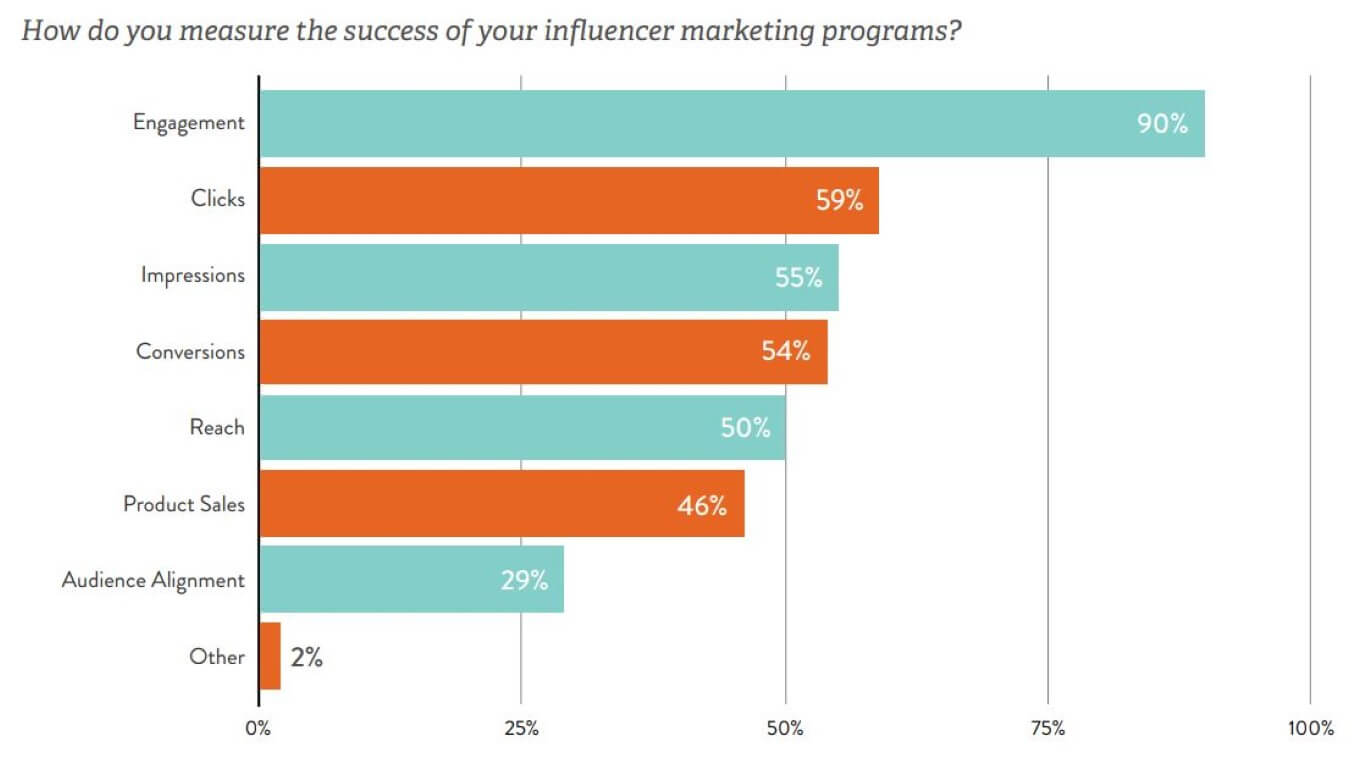
Common objectives for influencer campaigns include:
- Driving brand awareness
- Boosting sales
- Generating authentic engagement
- Reaching new audiences
Case study: How Peter Thomas Roth’s Used One Influencer to Lift Sales
Beauty and skincare brand Peter Thomas Roth partnered with Arielle Charnas with the goal of increasing product sales for a particular line of beauty masks.
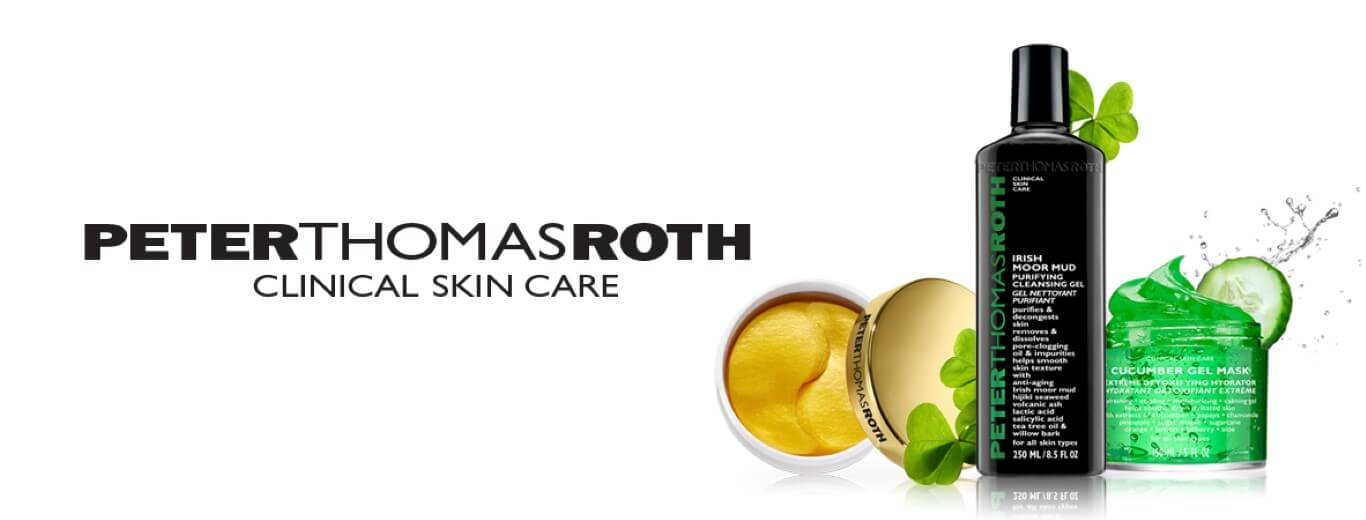
The influential fashion blogger then promoted the use of the brand’s skincare products, highlighting the benefits of healthy skin on her blog and Snapchat.
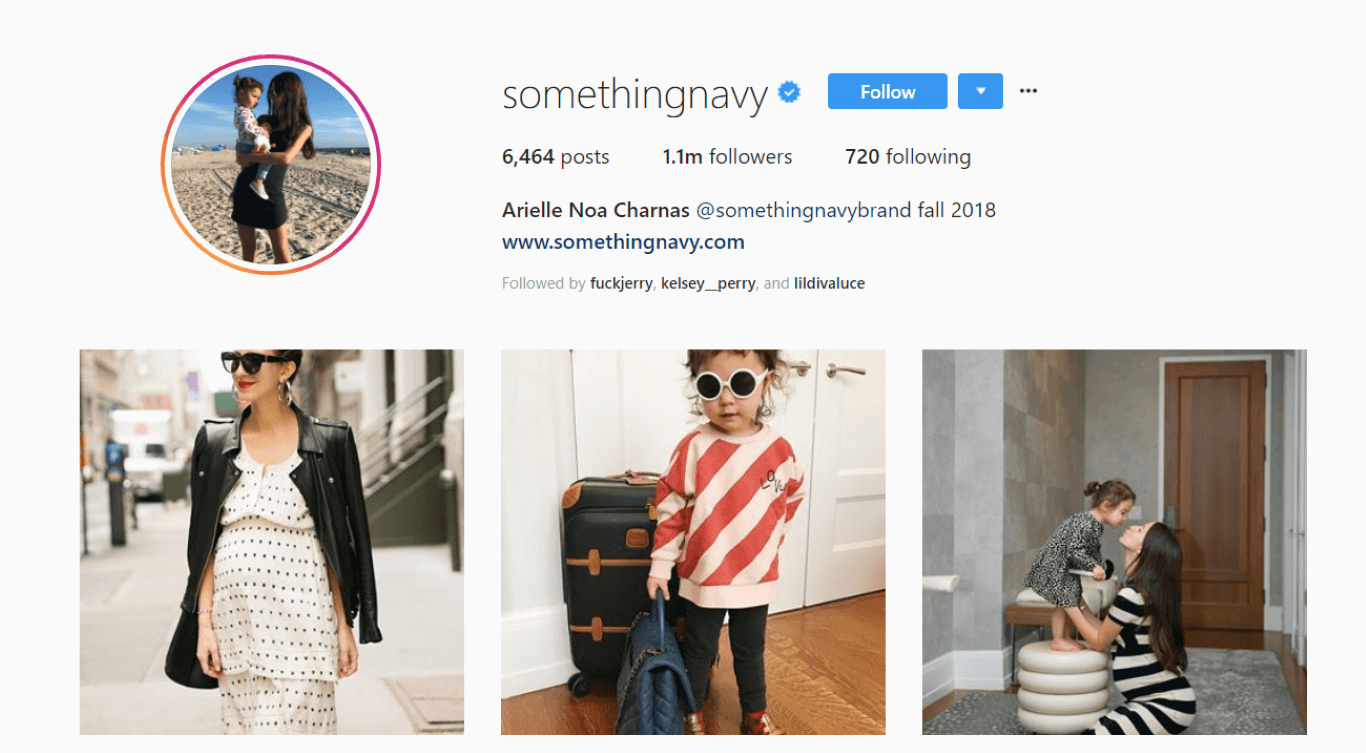
After a Snapchat story about using PTR’s $52 Rose Stem Cell Gel Mask, the brand reportedly sold 502 masks worth $17.565 in sales — in 24 hours.
2. The Right Influencers to Deliver Authentic Content
Finding the right influencer to target an audience is a critical part of every influencer campaign.
Peter Thomas Roth’s skincare products resonated with Arielle’s beauty-conscious audience for reason. The skincare brand found a perfect fit: a passionate fashion blogger that aligned with the brand’s social mission of promoting healthy skin.
Influencers aren’t simply robots for hire. As a brand, you are investing in a relationship — with the influencer and their audience.
An ideal influencer will be someone that can:
- Actively engage your target audience
- Align with your brand’s core values and message
- Authentically promote your brand in an authentic way
Influencers are usually placed into three categories based on audience size:
- Micro influencers
- Power middle influencers
- Macro influencers
Micro influencers
Micro influencers offer the most authority in a specific and narrow audience niche. These influencers have a smaller, yet intensely dedicated follower amount of 10,000 people or less.
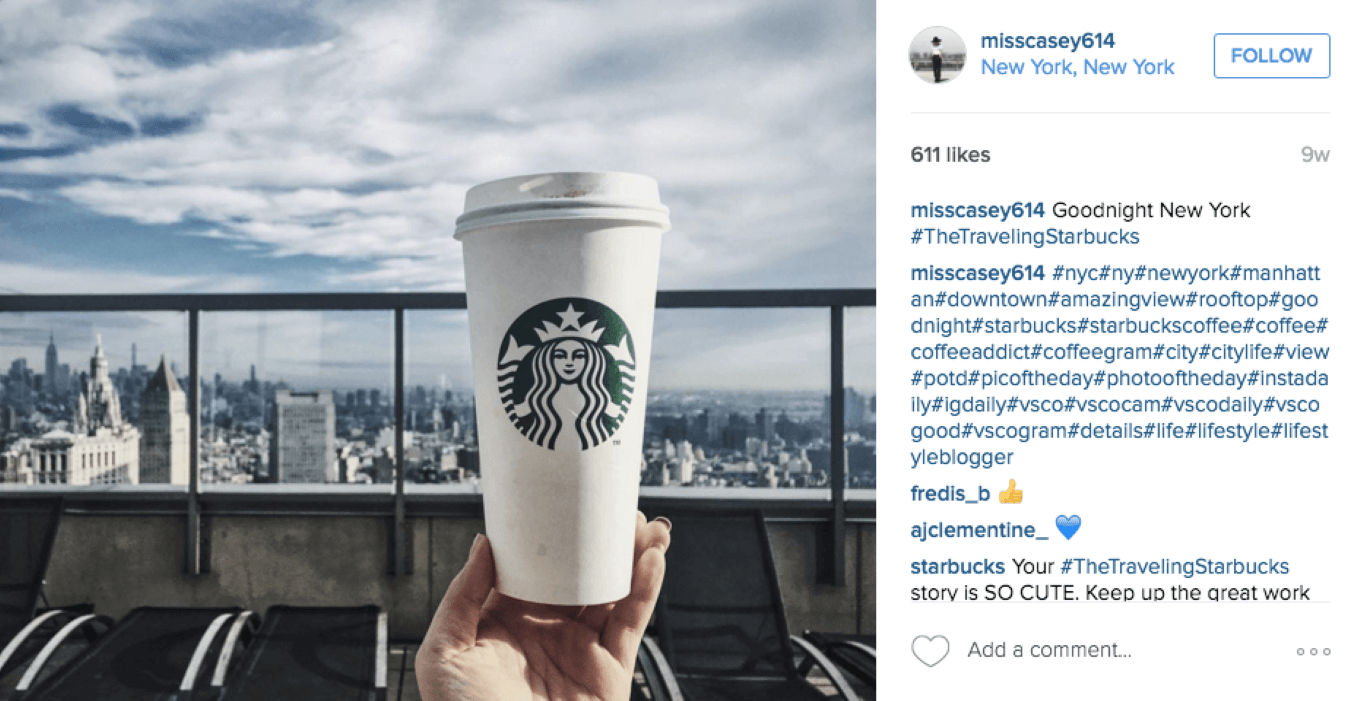
Micro influencers are a hot commodity because they are more affordable have higher levels of engagement.
Power middle influencers
These influencers typically have an audience size ranging from 10,000-250,000 people.
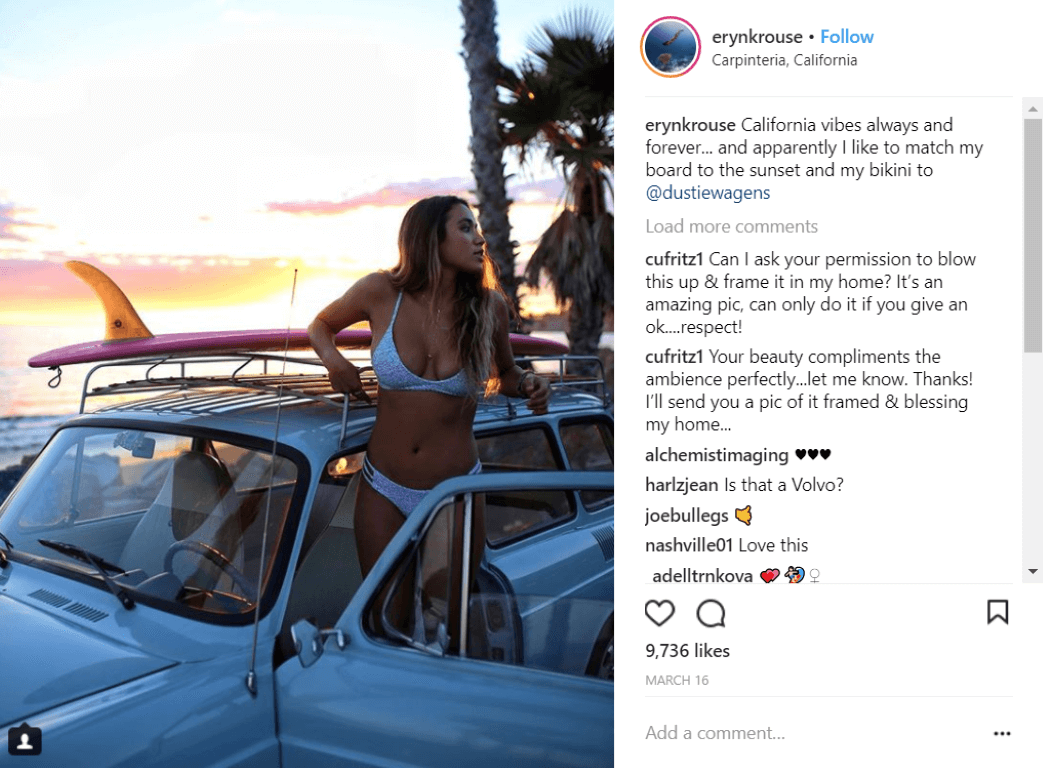
Power middle influencers likely already have experience working with a brand.
Macro influencers
Macro influencers are the big fish of the social media pond. These are the digital celebrities of Instagram, Facebook, Youtube, Twitter etc. Their follower and subscribers can number anywhere from 250,000 to over 1 million people.

The potential reach of macro influencers will dwarf that of micro and power middle influencers. However, that wide reach comes with a lower engagement rate and higher costs.
Influencer Marketing Tools
As influencer marketing has grown in popularity, so have the number of tools and services available to marketers. Many of these platforms are designed to make the influencer search and management process easier.
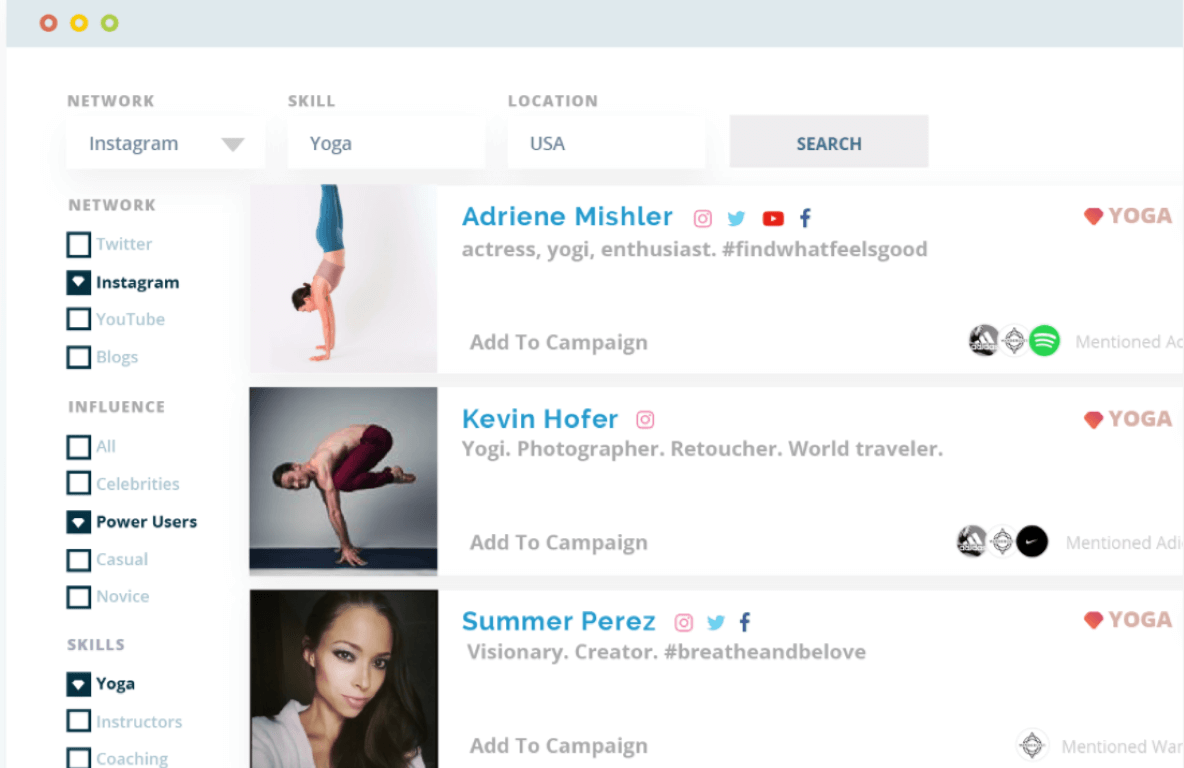
You can view our updated list of influencer marketing platforms and marketplaces here.
Who creates the content — the brand or the influencer?
There are different approaches to creating influencer content. The most authentic content is Influencer Generated Content (IGC), or content created by the influencer based on their experience with your products or services.
Leesa has found that minimal instruction and creative space results in more authenticity, which is what an audience wants. Exercising too much control risks the content looking like a traditional ad — something the brand and the influencer both should avoid.
“Arm your influencers with your brand’s talking points, but don’t be overly prescriptive in the delivery of their message or you will ruin the organic, authentic nature of the content” says Hayes.

Size doesn’t always matter — engagement does
The higher follower amount doesn’t necessarily mean that person is going to produce the best results for your brand.
As Laura Smous of TapInfluence says:
Engagement creates performance, quality content creates engagement, and quality creators create quality content.
3. Effective Tracking of Influencer Campaign Objectives (KPIs)
The greatest challenge for marketers was tracking ROI across multiple channels (DataXu). The wide variety of objectives possible for an influencer campaign can complicate a brand’s ability to measure value.
The good news is that tracking influencer your campaign doesn’t have to be that difficult.
There are several useful methods for tracking specific goals of a campaign (ConvinceandConvert).
Visibility: KPI’s for increasing brand visibility can be measured by reach and impressions.
Casey Neistat’s “First Day of Summer” video ended with a disclosure that all scenes were filmed using Samsung’s Galaxy S8 smartphone. The visibility here is clear — this sponsored video was viewed over 4.5 million times.
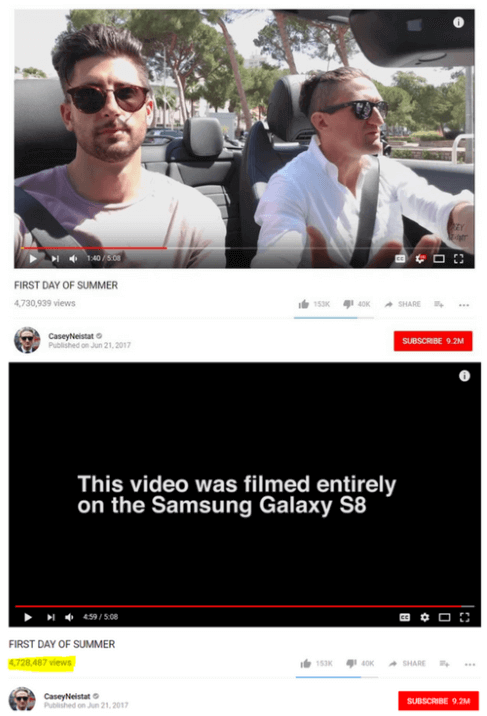
Engagement: Engagement can be measured in likes, comments, shares, retweets etc.
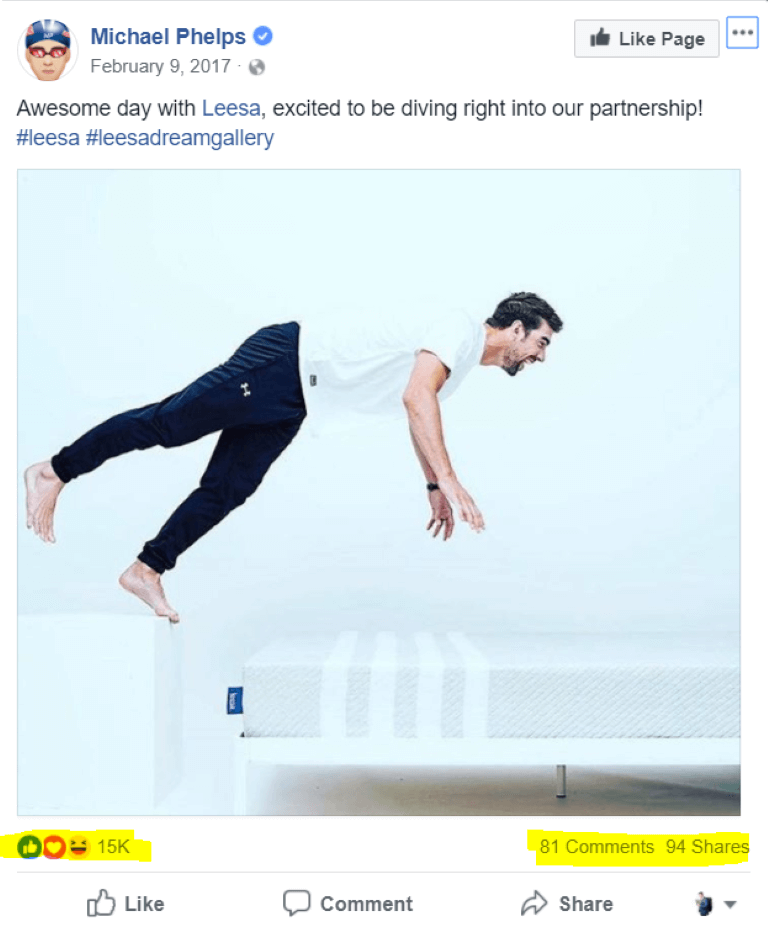
Conversions: Many brands will want to track the number of times people completed a call-to-action. KPIs will vary for each conversion type. This can be sales (affiliate links, promo codes), or even the amount of followers or email opt-ins gained during a campaign.
MVMT tracked the sales performance of their campaign by using influencer-specific promo codes.
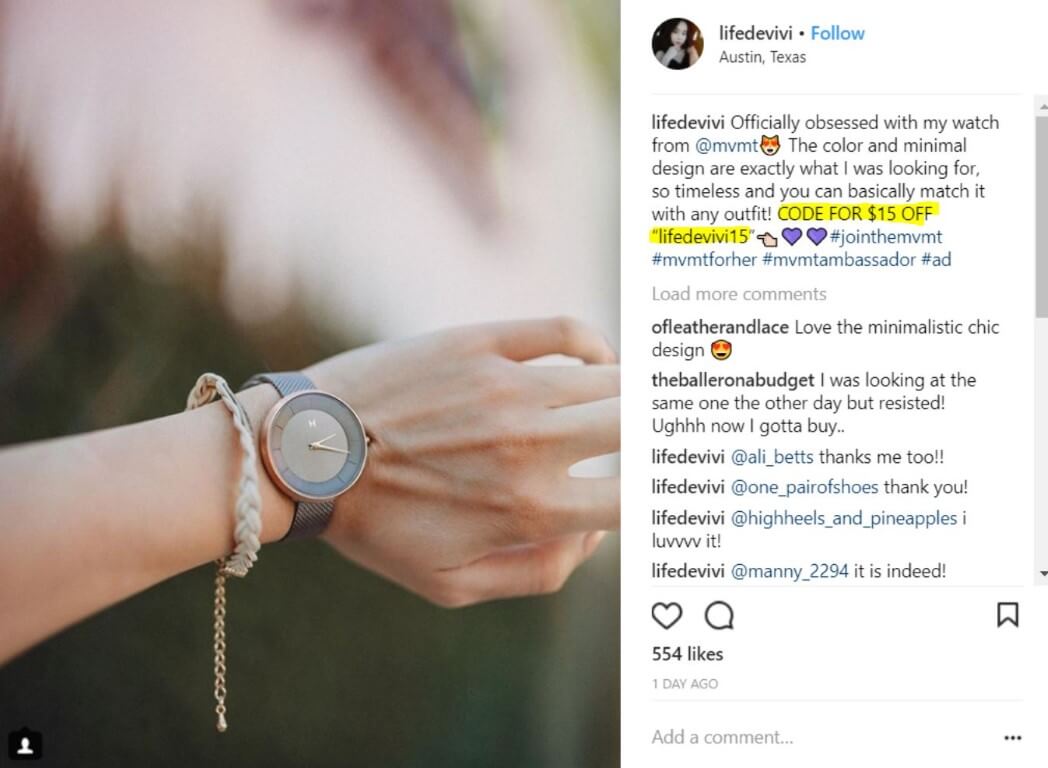
Whether your brand is focused on traffic, engagement, or sales — there are KPIs for every objective. Use these metrics to accurately measure the performance of your campaign.
Why Influencer Marketing Is Powerful For Brands
Brands are seeing strong returns from tapping into audiences with influencers. Influencer marketing generates authenticity, is cost-effective, and builds brand presence in the long term.
1. Authentic Engagement
One of the greatest values of influencer marketing is the potential to generate the golden commodity of authenticity.
Creating authentic content that stimulates engagement is a challenge for all brands, no matter their advertising budget.
Influencers are already out there creating authentic content that millions of people engage with every day.
In influencer marketing, authenticity is greatly valued as it is the main attribute that sets it apart from other traditional marketing methods. (MuseFind)
Case Study: Bigelow Tea

Bigelow Tea generated more than 32,000 engagements by teaming up with influential tea and DIY art bloggers to highlight healthy recipes and artwork createded from packaging.
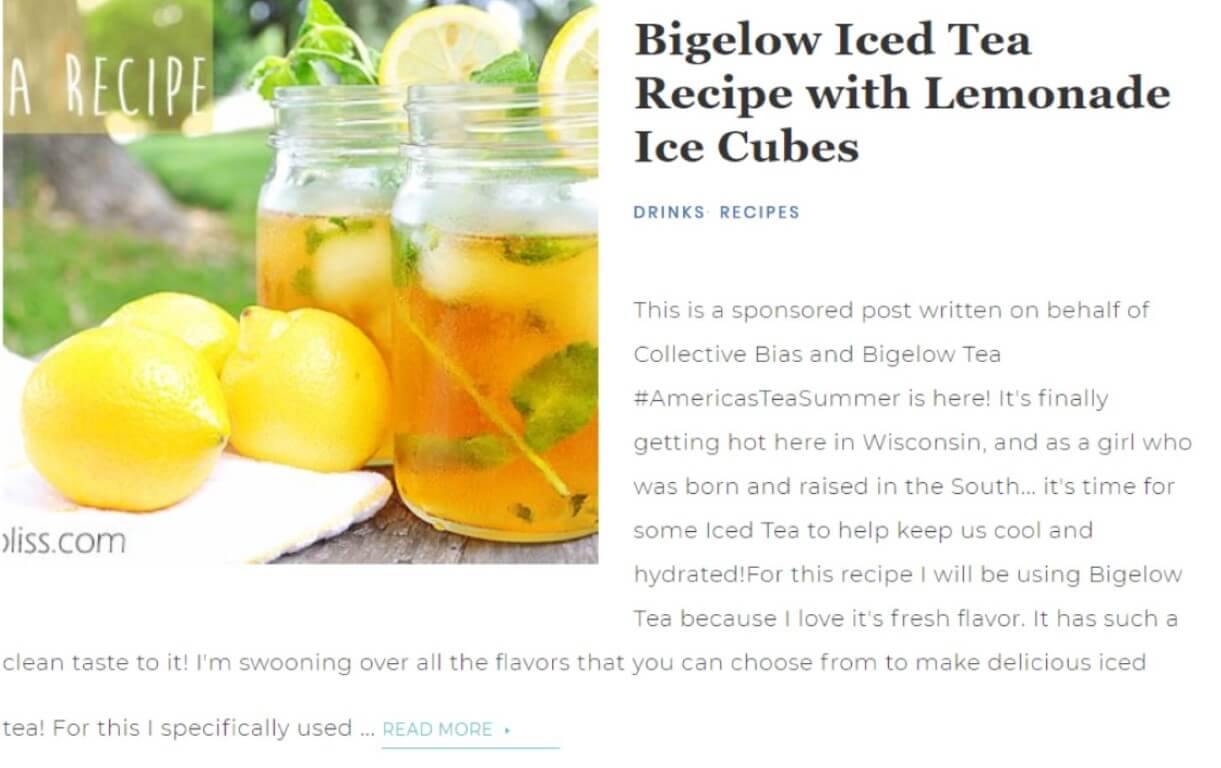
Bigelow Tea’s campaign stimulated discussion around tea recipes and recyclable artwork and generated an 18.5% increase in sales, according to Shane Barker.
The worst mistake that a brand can make is sending a message that will compromise your brand’s authenticity.
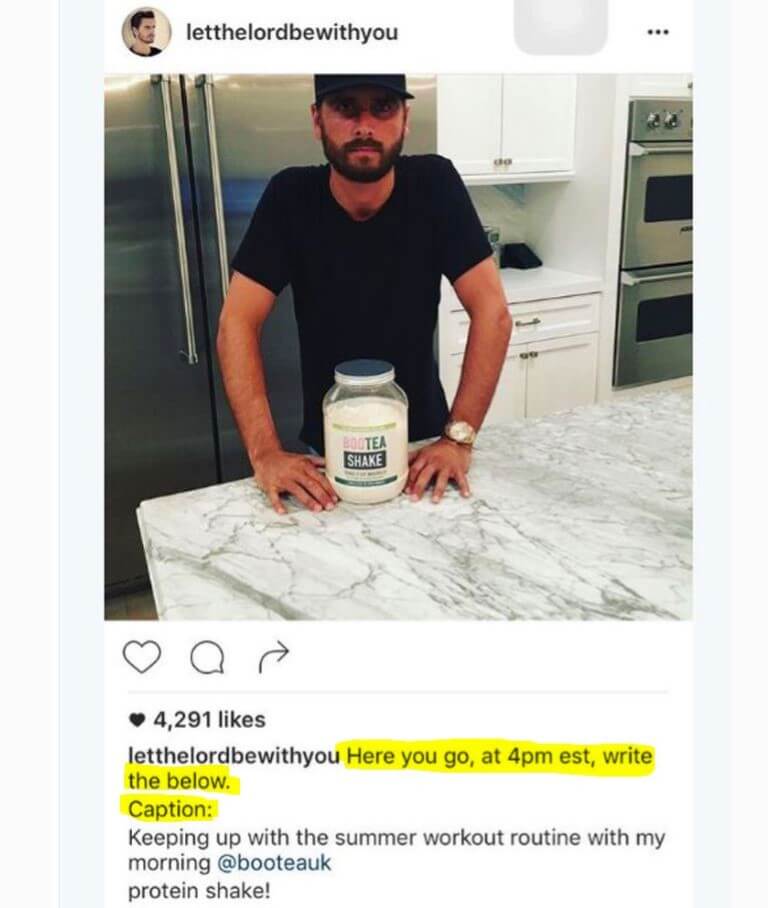
Today’s audiences can sense when a relationship or message is ingenuine.
Authentic content engages your target audience. Your audience will want to interact with this content and then share it with their friends and family.
“This authenticity keeps an audience engaged even when it comes to promotional content created by influencers. And an engaged audience is much easier for brands to win over and convert to paying customers” writes Shane Barker.
2. Generates strong ROI — even for smaller budgets
Measuring ROI for influencer campaigns remains one of the biggest challenges for marketers. Should a brand define a return as an impression, a conversion, or a sale? It all depends on the brand’s objectives for a particular campaign.
Each metric will vary depending on the priorities of the brand. From strictly an ad spend perspective, some studies show influencer marketing returning as much as $6.50 for every $1 spent (Tomoson). This study may not be representative of all influencer campaigns, but there is consensus that influencers are cost-effective.
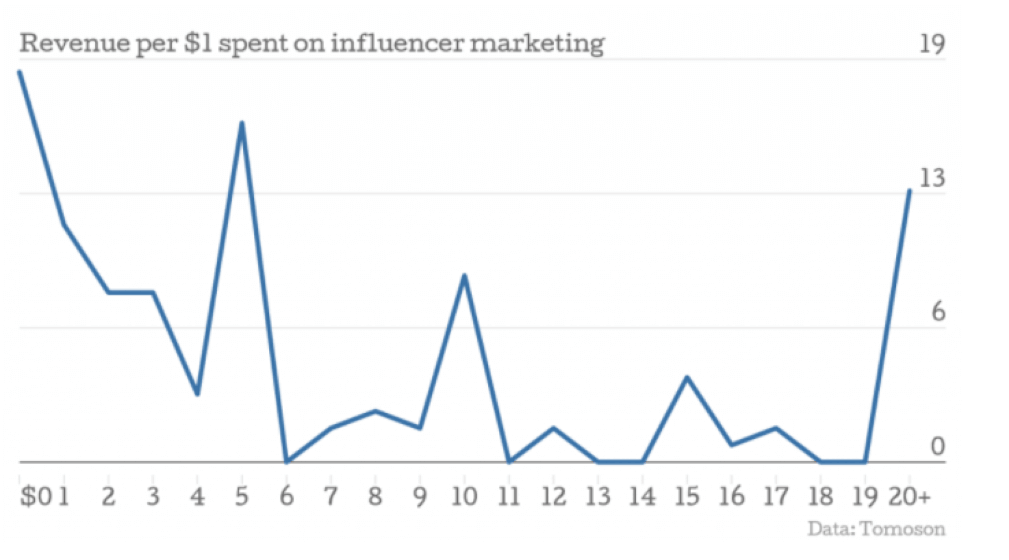
You don’t need the advertising budget of a Fortune 100 company to pull off a successful influencer program. In fact, 60% of influencer campaigns had a budget of $10k or less, according to a survey of 100 marketers conducted by Bloglovin’.
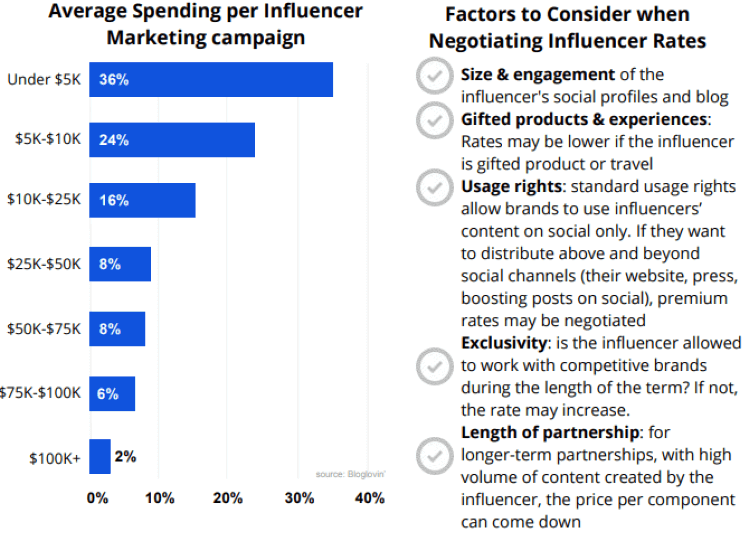
Brands don’t need to go wide for a successful campaign. In fact, the highest rate of engagement typically takes place in narrow niche audiences driven by micro influencers.
3. Drives Brand Awareness
You can have the hottest product, a beautiful website, and all of the fancy channels to go with it — but what does it matter if consumers don’t even know you exist?
Building exposure is one of the greatest values of influencer marketing.
Case Study: Milton & King’s Instagram Influencer Campaign
A great example of a brand increasing its awareness can be found in Scrunch’s case study on Wallpaper brand Milton & King. Their marketing objective was to increase awareness of their brand’s high-quality, easy-to-install designer wallpapers.

The designer wallpaper brand’s campaign included 45 collaborations with influencers on Instagram and various interior design blogs.

The results?
- Over 150 pieces of content on Instagram
- Nearly 84,000 engagements
- An audience reach of 980,071
- 10,000+ new brand followers on social media
Milton & King’s sponsored influencer posts delighted a highly engaged audience. Look at their hashtags and you’ll find that they targeted interests in textile design, interior design, wallpaper decor, and more.
This is just one example of how effective use of influencers can build your brand’s awareness by:
- Introducing your brand name and products to new audiences
- Showcasing your products in action to potential customers
- Building trust through consumer-created content and reviews
- Increasing your brand’s social media following
The Challenges of Influencer Marketing
(And How to Address Them)
Working with a third-party social media user doesn’t guarantee positive returns. Marketers are still learning this channel; there is no single blueprint for operation. Mistakes can be made if brands fail to address the risks associated with working with influencers.
Measuring Value and ROI
Measuring the ROI of influencer marketing continues to be the most challenging obstacles for brands. This becomes even more of a challenge if a brand fails to clearly define its objectives, its audience, and its influencer persona.
Brands can better measure the success of their campaign by clearly defining their objectives and the necessary KPIs.
Ahene says,
“A lot of brands don’t approach influencer marketing with a broad view of value. There’s the value of getting your product in front of a new audience, the value of traffiic from the influencer’s content and then whatever transactions you receive as a result of the campaign. You also have a new creative assets from that content that you can re-purpose on other campaigns and channels. The value is multi-dimensional which can complicate a brand’s ability to measure ROI.”
Aligning With the Wrong Influencer & Wasted Ad Spend
Brands must tread carefully when researching and deciding their target influencer. Even if you have laser-targeted your audience, your brand authenticity can be tarnished in a single post from the wrong influencer.
Logan Paul damaged his reputation (and that of his sponsors) when he posted a video of himself with a decaying body in the background. The video received over 10 million times before being taken down.
Brands can limit their exposure to this risk by doing due diligence into the influencer’s history to ensure they align with a brand’s core values. The rising costs of popular influencers can also be a barrier for some brands.
Hayes says,
“If you’re new to influencer marketing, you have to be very scrupulous about who you engage and how you do it. You can waste a lot of money and see little or no results. Fees for popular influencers are rising, and big companies with brand awareness objectives are making it expensive for small, conversion-focused brands to create positive ROI.”
The Future of Influencer Marketing
As Millennials and Generation Z continue to gravitate toward social media as their space for getting information. Influencers that drive engagement and content within those spaces will only grow in importance.
“Millenials and Gen Z shoppers have been desensitized to traditional advertising. Influencers that create authentic, compelling content are providing new ways to introduce these shoppers to new brands. As a result, shoppers are more open to the messages” says Hayes.
Hayes also sees some interesting trends taking place that brands should be aware of.
“Content creators who have built massive, loyal followings are becoming celebrities in their own right. FTC scrutiny will be a lot greater in the near future for these high-end influencers. For young brands, leveraging micro-influencers is going to become a bigger focus, as working with top-tier influencers becomes more costly.”

Matt’s key takeaways on the future of influencers:
- Influencers are becoming more mainstream
- Rising demand and costs for popular influencers
- Greater FTC scrutiny
- Growing attention to the value micro influencers

Ahene says the “pendulum is swinging back towards protecting user data and privacy.” Which will make influencers more important as a marketing channel.
“There’s a decent chance in the future that marketers won’t have access to the same amount of data we do today. GDPR in Europe, Facebook limiting third-party data, algorithm changes; our ability to target audiences leveraging third-party data sets may decrease. Influencers will remain a viable way for brands to target audiences and gain valuable data from those audiences.”

Today’s growing concerns over data protection and algorithm changes that limit content from businesses will make authentic, user-generated content all the more important in the future.
Interested in influencer marketing but don’t know where to start?
We’ve put together a checklist to help you get started!
Checklist for Starting Your First Campaign
Want to learn more?
Boost Influencer Marketing ROI With Paid Ads: 7-Step Guide
You Might Be Interested In












